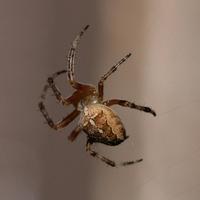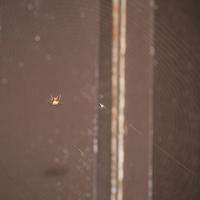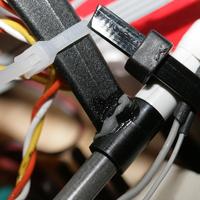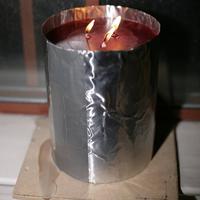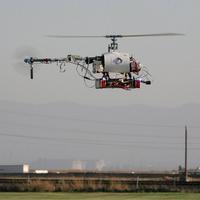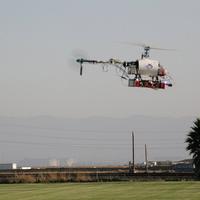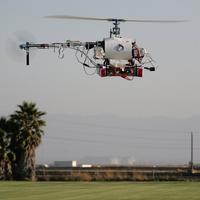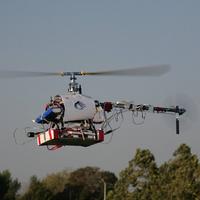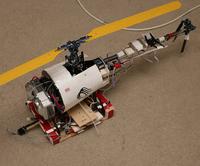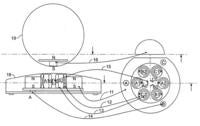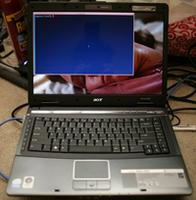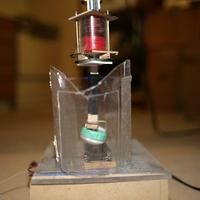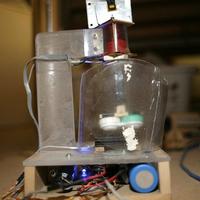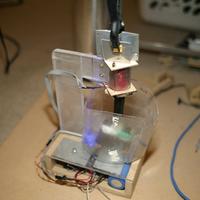Archive for July, 2008
Comments (0)
Add Comment
-
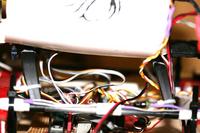 Views: 327
Views: 327
Another day of J-B welding. Managed to crash right side up again, with pride. -
 Views: 340
Views: 340
Another Sissel flashback. The penguin torturing scene in TooGoobe definition. Novegians use flybars. -
 Views: 268
Views: 268
A 1986 flashback. Where could you show off an oil rig in today's political climate? -
 Views: 273
Views: 273
Times were different back then. -
 Views: 260
Views: 260
453 airborn frames extremely motion tracked & stacked.
-
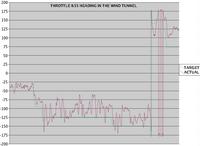 Views: 305
Views: 305
In the wind tunnel at throttle=0.55. IMU readouts definitely look like what we saw. Extremely gusty winds. U can't blame the navigation for the wild turns. -
 Views: 253
Views: 253
Had a roll anomaly & loss of position hold. Needed a 30' pitch when facing directly downwind in this case. That converted to a 30' roll in the turn. The equilibrium attitude didn't work at very high angles of attack. -
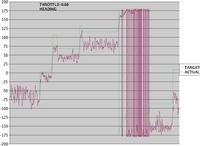 Views: 261
Views: 261
throttle=0.60 gave tighter heading, but not Futaba fantastic
-
 Views: 282
Views: 282
These R better shots in front of Moffet field than the crummy video camera could get. This time, wanted the smoothest color possible. Need to try again with maximum ISO & smallest F-Stop or drive to Mountain View. -
 Views: 228
Views: 228
-
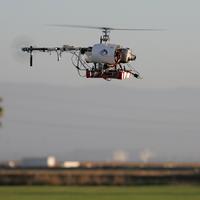 Views: 242
Views: 242
-
 Views: 273
Views: 273
This is a calibration shot on the ground. CHDK requires several shots to be taken manually before continuous exposure works from the computer. -
 Views: 243
Views: 243
Unfortunately, exposure became unlocked during flight & everything got underexposed. The light meter in these $140 cameras doesn't work. -
 Views: 262
Views: 262
These were shot from 300ft AGL. The tail oscillation got dangerously close to spinning out of control before we trimmed it & headed down. -
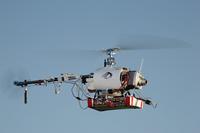 Views: 239
Views: 239
-
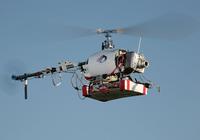 Views: 243
Views: 243
-
 Views: 287
Views: 287
Another American, yearning for a blood bailout. -
 Views: 258
Views: 258
This American learned to walk on 5 legs. Very desperate. -
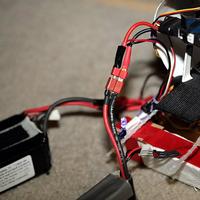 Views: 255
Views: 255
This is how we reprogram the ESC. The computer boots several seconds after the PWM generator starts generating its default minimum throttle tone, so U need to boot the ESC on a second battery. -
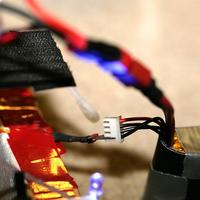 Views: 262
Views: 262
Without a common ground. The ESC should never need reprogramming, but this isn't your father's Chinese imperialist self destructing ESC. -
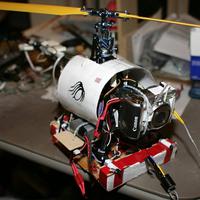 Views: 271
Views: 271
Locked & loaded again. -
 Views: 243
Views: 243
Time to replace the O rings. -
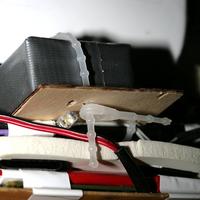 Views: 247
Views: 247
How we release the battery. -
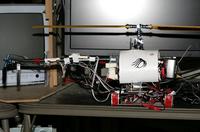 Views: 237
Views: 237
Like a BARF train about to crash.
-
 Views: 329
Views: 329
This shot got our attention. It bleeds with late 80's color & like anything which was living in the 80's, it looks extremely old & distant. It's an early morning shot of Bass lake in 1988. The late 80's produced hazy color. -
 Views: 279
Views: 279
-
 Views: 319
Views: 319
Today's shots R unique. Google has made bleeding colors, macroblocking, mosquito artifacts, blurry focus, & shaking the look of the 00's. You'll always recognize a video from the 00's because it looks older than 1930. -
 Views: 276
Views: 276
This was doing some turns in the wind. Almost autonomous landing. Commanded descent with manual engine shutdown. Position hold was still on.
-
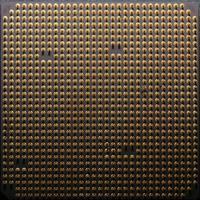 Views: 332
Views: 332
Sadly, many of the extremely soft pins on our retired Opterons are bent, probably making the $1000 chips worthless. They delivered our first HDR astophotographs & HD movies. They're roughly as fast as any modern CPU. -
 Views: 282
Views: 282
-
 Views: 286
Views: 286
Astrophotograph processed on the 2005 DuOp. -
 Views: 322
Views: 322
Americans invaded the dumpy apartment. -
 Views: 290
Views: 290
1 byte & he'll turn U into an American. -
 Views: 280
Views: 280
Have been bitten hundreds of times & have the tax liability to prove it. -
 Views: 286
Views: 286
Craving blood.
